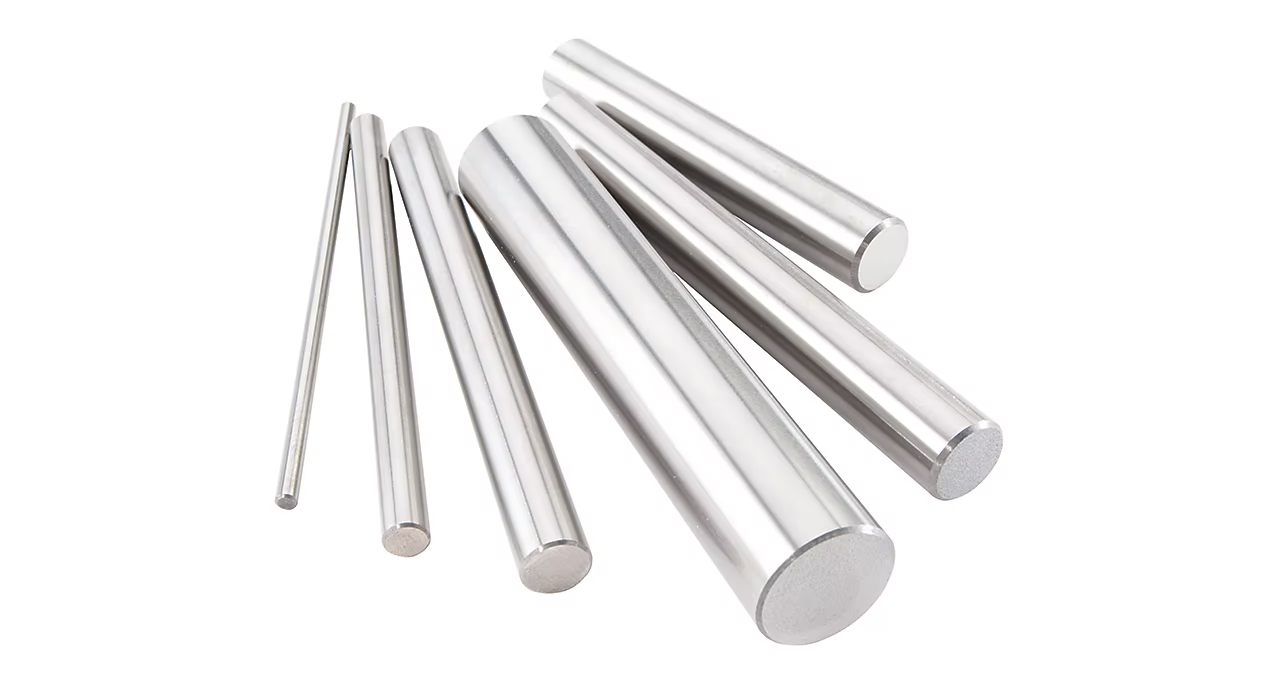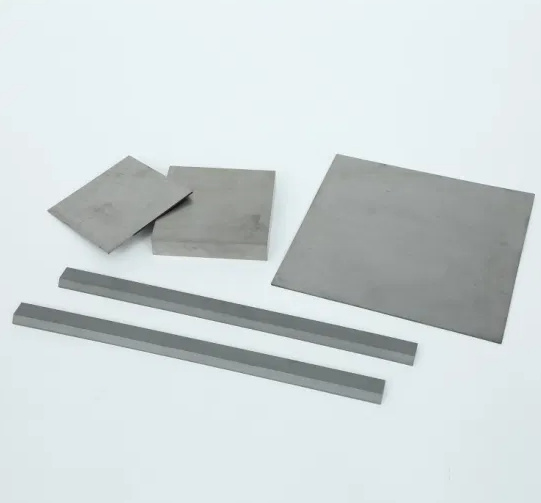Overview
Boring inserts for precision turning are critical tools in the field of machining, providing unparalleled accuracy and efficiency. This detailed guide covers everything you need to know about these essential tools, from their basic definition to their advanced applications. Whether you’re a seasoned machinist or new to the industry, this article will offer valuable insights into the world of boring inserts.
Detailed Introduction
What Are Boring Inserts for Precision Turning?
Boring inserts are specialized cutting tools used in the process of precision turning to enlarge and finish pre-drilled holes to exact dimensions and surface finishes. These inserts are typically made from high-performance materials such as tungsten carbide and are designed to withstand the rigors of high-speed machining.
Working Principle
Boring inserts work by removing material from the inside of a hole. The cutting edge of the insert is precisely shaped to ensure smooth and accurate material removal. The insert is mounted on a boring bar, which is then rotated at high speeds. As the boring bar is fed into the hole, the insert removes material, gradually enlarging the hole to the desired size and finish.
How to Use Boring Inserts
Using boring inserts involves several critical steps:
- Tool Selection: Choose the appropriate insert based on the material being machined and the desired finish.
- Setup: Secure the insert in the boring bar and ensure it is properly aligned.
- Machine Parameters: Set the machine’s speed, feed rate, and depth of cut according to the insert’s specifications.
- Machining: Gradually feed the boring bar into the hole, monitoring the process to ensure accurate material removal.
- Inspection: Regularly check the hole’s dimensions and surface finish to ensure they meet specifications.
How to Manufacture Boring Inserts
Manufacturing boring inserts involves several precise steps:
- Material Preparation: High-performance materials like tungsten carbide are mixed with a binder.
- Pressing: The mixture is pressed into the desired shape using a high-pressure press.
- Sintering: The shaped inserts are heated in a furnace to bond the particles together.
- Grinding: The inserts are ground to precise dimensions and geometries.
- Coating: Advanced coatings are often applied to enhance wear resistance and performance.
Market Trends
The market for boring inserts is driven by the demand for high-precision machining tools. Key trends include the development of advanced coatings, the creation of specialized geometries for different materials, and the increasing use of CNC machines in various industries.
Specifications
Basic Information of Boring Inserts for Precision Turning
| Parameter | Description |
|---|---|
| Type | Turning, Boring, Grooving |
| Composition | Tungsten Carbide, Cobalt Binder |
| Properties | High Hardness, Wear Resistance, Thermal Stability |
| Features | Sharp Cutting Edge, Precise Geometries, Various Coatings |
| Specifications | ISO, ANSI, DIN Standards |
| Sizes | Varying Lengths, Widths, and Thicknesses |
| Grades | Various Grades Based on Hardness, Toughness, and Wear Resistance |
| Standards | ISO 9001, ASME B94.55M, ANSI B212.4 |
Comparative Analysis of Similar Products
| Attribute | Boring Insert | Drill Bit | End Mill |
|---|---|---|---|
| Hardness | Very High | Moderate | High |
| Wear Resistance | Excellent | Moderate | High |
| Heat Resistance | High | Moderate | High |
| Cost | Moderate to High | Low | Moderate |
| Applications | Precision Hole Enlargement | Hole Drilling | Surface Milling, Slotting |
Applications
Boring inserts for precision turning are used across a wide range of industries. Their ability to create precise, smooth holes makes them invaluable in various applications:
- Automotive Industry
- Engine Cylinder Boring
- Transmission Component Machining
- Aerospace Industry
- Aircraft Structural Component Manufacturing
- Turbine Engine Part Machining
- Medical Device Manufacturing
- Surgical Instrument Production
- Implantable Device Machining
- Oil and Gas Industry
- Drill Bit Manufacturing
- Pipe Threading and Finishing
- General Manufacturing
- Precision Hole Making in Metal Parts
- Tool and Die Making
Advantages and Limitations
Advantages and Limitations of Boring Inserts for Precision Turning
| Aspect | Advantages | Limitations |
|---|---|---|
| Durability | High hardness and wear resistance ensure long tool life. | Higher initial cost compared to standard tools. |
| Performance | Maintains cutting edge at high temperatures, suitable for high-speed machining. | Requires precise alignment and setup for optimal performance. |
| Precision | Provides excellent dimensional accuracy and surface finish. | Brittle nature can lead to chipping if not used correctly. |
| Versatility | Applicable to a wide range of materials and industries. | Not suitable for all materials, particularly very soft or extremely hard materials. |
Additional Information
Advanced Coatings for Boring Inserts
To enhance performance, boring inserts are often coated with materials such as Titanium Nitride (TiN), Titanium Aluminum Nitride (TiAlN), or Diamond-Like Carbon (DLC). These coatings provide additional hardness, reduce friction, and improve heat resistance, extending the tool’s life and enhancing cutting efficiency.
Innovative Geometries
Boring inserts come in various geometries tailored for specific applications. For instance, inserts with a positive rake angle are designed for smoother cuts in softer materials, while those with a negative rake angle provide greater strength and stability for machining tougher materials.
Hybrid Inserts
Hybrid inserts combine tungsten carbide with other materials, such as ceramics, to offer the benefits of both. These inserts can handle higher temperatures and more challenging machining environments, broadening their applicability.
Why Choose TRUER
Choosing TRUER for your boring insert needs ensures access to high-quality, precision-engineered tools that meet the stringent demands of modern machining. TRUER offers:
- Superior Quality: Manufactured to the highest standards with rigorous quality control.
- Custom Solutions: Ability to tailor inserts to specific applications and requirements.
- Innovation: Continuous development of new geometries and coatings to enhance performance.
- Support: Comprehensive customer service and technical support to assist with product selection and usage.
FAQ
Q1: What materials can boring inserts machine?
A1: Boring inserts can machine a wide range of materials, including steels, cast irons, non-ferrous metals, plastics, and composites. Their high hardness makes them particularly effective for cutting tough and abrasive materials.
Q2: How do I choose the right boring insert for my application?
A2: Consider the material you are machining, the type of machining operation, and the desired surface finish. Consult the manufacturer’s guidelines and specifications to select an insert with the appropriate geometry, grade, and coating.
Q3: How often should boring inserts be replaced?
A3: The replacement frequency depends on the material being machined, the machining parameters, and the insert’s wear resistance. Regular inspections are essential to identify signs of wear, such as edge chipping or loss of cutting effectiveness.
Q4: Can boring inserts be resharpened?
A4: Yes, boring inserts can be resharpened, but the process requires specialized equipment and expertise. Resharpening can extend the tool’s life and maintain cutting performance, but it is often more cost-effective to replace the inserts.
Q5: What are the benefits of coated boring inserts?
A5: Coated boring inserts offer enhanced wear resistance, reduced friction, and improved heat resistance. These benefits result in longer tool life, better surface finishes, and the ability to machine at higher speeds and feeds.



